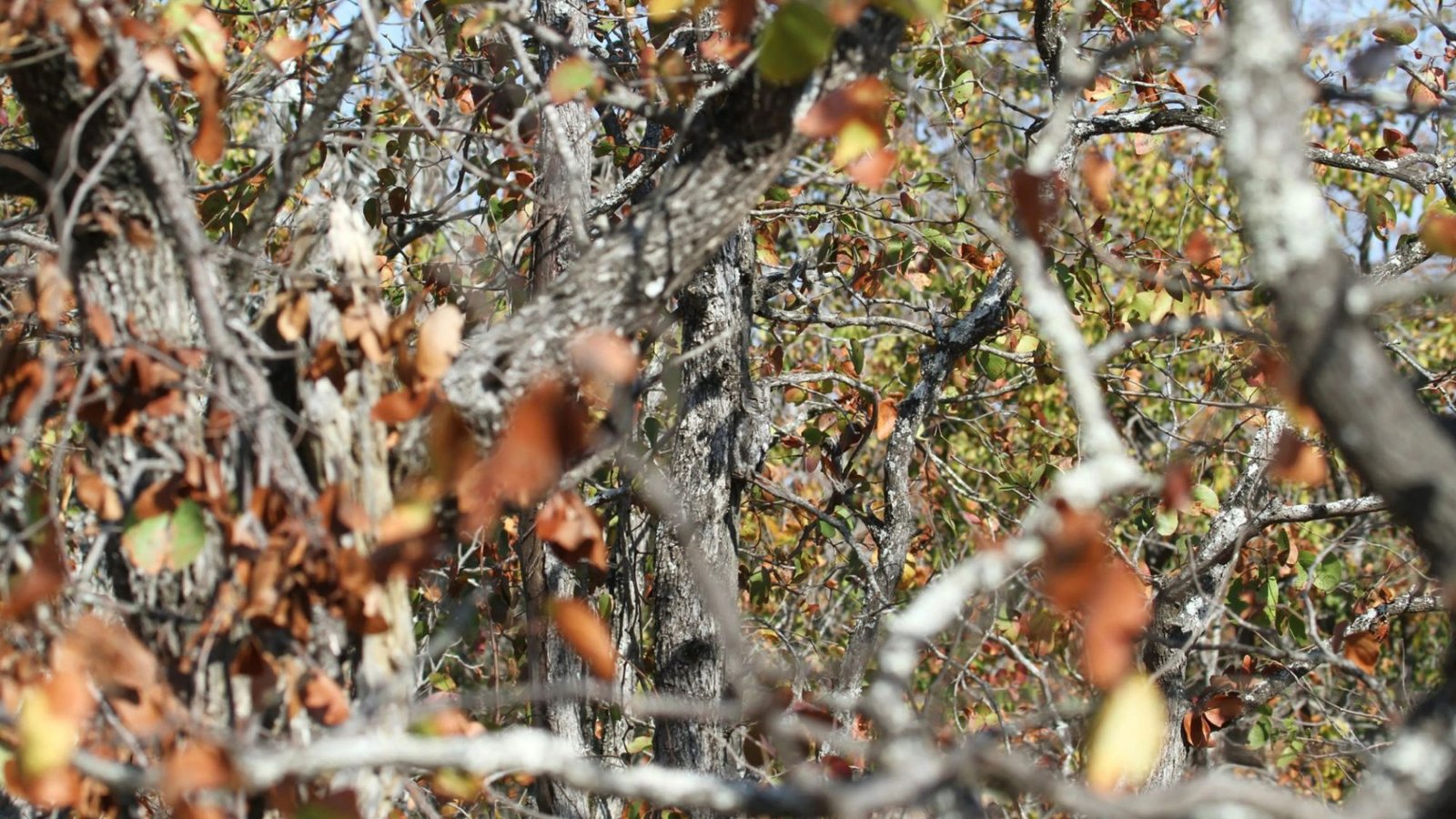Visitors pepper the length of Utah Beach in Normandy, France, some pausing to take photos, others simply staring out across the English Channel.
One passerby in a bright orange windbreaker stops to scoop a handful of sand into a plastic bag and tucks it into his satchel.
“Dad always wanted to come back. He just never had the chance” another man said.
Nearby, a mother and daughter crouch down and run their hands across the powder-smooth surface, then photograph the mark they’ve left.

The hallowed beaches of the D-Day invasion on June 6, 1944, are one of the main attractions for the thousands who are making the pilgrimage to the coast of northern France to celebrate the 80th anniversary of its liberation from the Nazis.
Nearly 150,000 Allied troops landed or parachuted into the invasion area that day, including more 14,000 Canadians. Of those Canadians, 381 were killed, 584 were wounded, and 131 were captured.
But those who wish to pay their respects to the sacrifices made along that coastline in 1944 are doing so on borrowed time. As a result of coastal erosion, some of the beaches of D-Day are disappearing.
Two-thirds of the coast is already eroding, according to a 2023 report from the Normandy Intergovernmental Panel on Climate Change (IPCC), which is composed of regional specialists and scientists.
The report from the Normandy IPCC, which explores the local consequences of climate change, also mentions flooding concerns. It references a 2020 study by the national statistics bureau of France (INSEE), which reveals more than 122,000 residents and 54,000 jobs are “threatened by this marine flooding hazard.”
There’s also concern about the future of the monuments, museums, and memorabilia that adorn the beaches where the allies landed during the Second World War in 1944. The Normandy tourism office lists 124 places of remembrance across the region, the majority of which are near the coast.
Grappling with solutions
Xavier Michel, an assistant professor of geography at the University of Caen Normandy, has led research focused on social perceptions of D-Day sites in the context of climate change.
He found sentimental attachment to the beaches was a common response.
“Some people told us the emotion regarding this place comes from this unique location,” he said.
“It wouldn’t be possible to recreate it in the same way, the same link between visitors and heritage.”
Michel said some possible solutions to the erosion include reinforcing the beaches, relocating museums and monuments away from the coast, and for those residents whose well-being is at risk, moving away altogether.
Michel de Vallavielle, mayor of Sainte-Marie-du-Mont, the small community crowned by Utah Beach, says efforts are being made to bolster the beach. They include keeping tourists off the dunes and planting d’oyats, a type of European beach grass that helps slow water flow and binds the sand together.
De Vallavieille’s own roots in the area run deep. His father was accidentally shot by American paratroopers during the landings and went on to open the local D-Day museum in 1962.
“If it disappears, part of the story disappears,” he said of the beaches.
The Utah Beach Landing Museum, which appears to rise out of the sand like a Second World War bunker, marks one of five landing sites along the coast and the first of the invasion.
Sitting atop a compromised dune, marked by a crude wire fence designed to keep visitors away, the museum is secure for now. But one of its American sister sites, the Pointe du Hoc Ranger Monument, is perched upon a crumbling cliff face that has suffered numerous landslides as a result of natural erosion.
Protecting the past
The most recent landslide in November 2023 forced the closure of one of the U.S. site’s bunkers because it fell within the 20-metre required safety zone imposed by the American Battle Monuments Commission, according to Supt. Scott Desjardins.
“We want to welcome visitors in the safest way possible and in a manner that also ensures the preservation of this historic site,” Desjardins told the CBC in an emailed statement.
A further 40 kilometres along the coast, at Juno Beach, the site of the Canadian landing, the threat is not as imminent, says Juno Beach Centre director Nathalie Worthington.
“We are lucky because the dune is gaining on the sea,” she said, pointing to a bunker that was once lapped at by the Channel’s waves and is now buffered by a sandy beach.
“The threat is not as important as in other places on the coast. But we are surrounded by 300 degrees of water. We’ve got the sea, we’ve got the harbour and we’ve got a river.”
It is not a question of if the Juno Beach Centre and all its monuments will be flooded, but when, she said.
Worthington says they are “doing their share” to fight the effects of climate change, such as reducing carbon emissions by limiting waste and promoting low-carbon transportation options to visitors.
She says the fight she says is not too dissimilar from the one taken up by the Allied forces 80 years earlier on the very same beach.
“In 1944, the soldiers who came here, they came to fight for peace and freedom and against dictators,” she said.
“What is the main threat to democracy and peace in the world today if not climate change?”
French authorities are expecting one million people to attend D-Day commemorations throughout the region this week. Veterans and school children alike will gather on the shifting sands of Normandy’s beaches to honour both the personal and inherited memories of June 6, 1944, a ritual that may outlive the beaches themselves.









